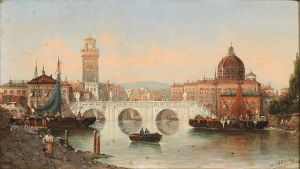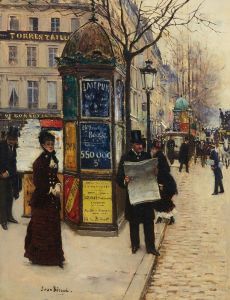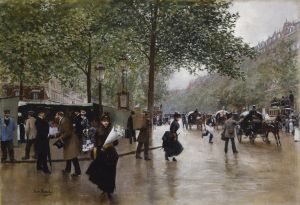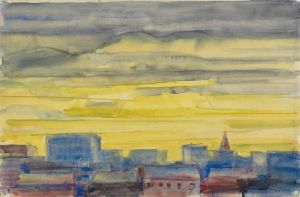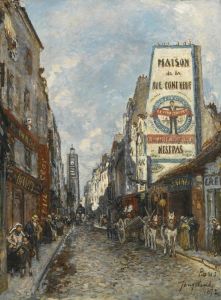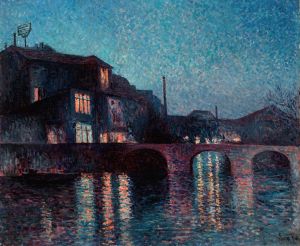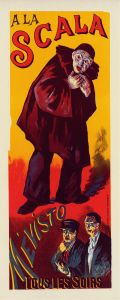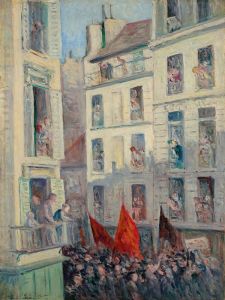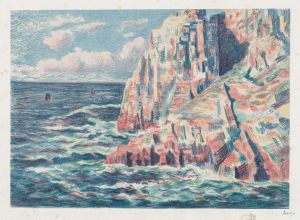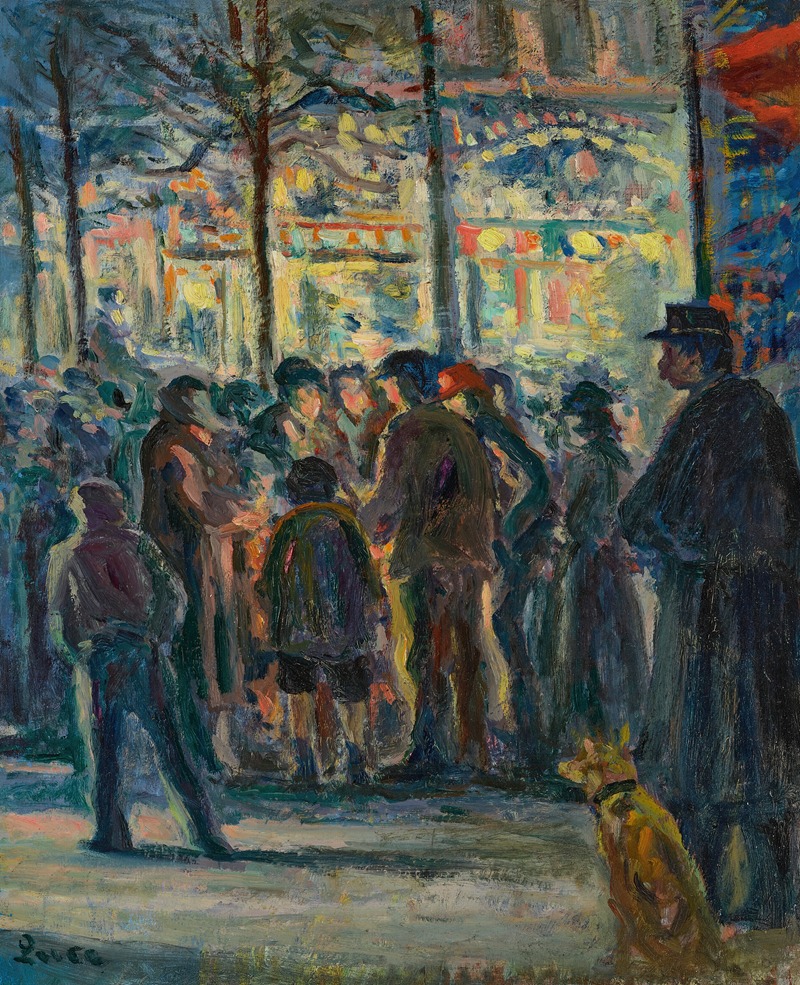
Scène de rue en hiver
A hand-painted replica of Maximilien Luce’s masterpiece Scène de rue en hiver, meticulously crafted by professional artists to capture the true essence of the original. Each piece is created with museum-quality canvas and rare mineral pigments, carefully painted by experienced artists with delicate brushstrokes and rich, layered colors to perfectly recreate the texture of the original artwork. Unlike machine-printed reproductions, this hand-painted version brings the painting to life, infused with the artist’s emotions and skill in every stroke. Whether for personal collection or home decoration, it instantly elevates the artistic atmosphere of any space.
Maximilien Luce was a prominent French Neo-Impressionist artist, known for his contributions to the Pointillist movement alongside figures like Georges Seurat and Paul Signac. Born in Paris in 1858, Luce initially trained as an engraver before turning his focus to painting. His works often depicted urban scenes, landscapes, and the everyday life of the working class, reflecting his interest in social issues and his anarchist beliefs.
"Scène de rue en hiver" is one of Luce's notable paintings, capturing a winter street scene with his characteristic style. While specific details about the painting's creation, such as the exact year it was painted, are not widely documented, it is known to embody the Neo-Impressionist technique that Luce mastered. This technique involves the use of small, distinct dots of color applied in patterns to form an image, a method that was pioneered by Seurat and adopted by Luce and his contemporaries.
The painting portrays a typical urban street during winter, likely in Paris, given Luce's frequent depiction of the city. The scene is filled with figures going about their daily activities, bundled in winter clothing, with the ground covered in snow. The atmosphere of the painting is both lively and serene, capturing the hustle and bustle of city life amidst the quiet of a snowy day. Luce's use of color and light is particularly noteworthy, as he employs a palette that conveys the chill of winter while also highlighting the warmth of human presence.
Luce's work is often celebrated for its ability to convey mood and atmosphere through color and composition. In "Scène de rue en hiver," he uses the Pointillist technique to great effect, creating a sense of movement and vitality. The small dots of color blend in the viewer's eye, producing a harmonious and vibrant scene that captures the essence of a winter day in the city.
Throughout his career, Luce remained committed to the ideals of Neo-Impressionism, focusing on the interplay of light and color to depict the world around him. His paintings often reflect his social consciousness, portraying the lives of ordinary people with empathy and respect. "Scène de rue en hiver" is a testament to Luce's skill as a painter and his ability to capture the beauty and complexity of everyday life.
Maximilien Luce continued to paint and exhibit his work until his death in 1941. Today, his paintings are held in numerous public and private collections, and he is remembered as a key figure in the Neo-Impressionist movement. "Scène de rue en hiver" remains an excellent example of his artistic vision and technical prowess, offering viewers a glimpse into the world as seen through Luce's eyes.





